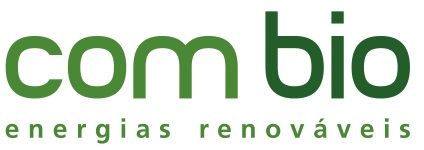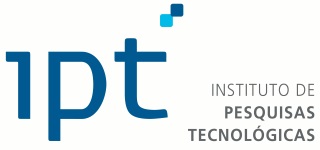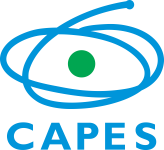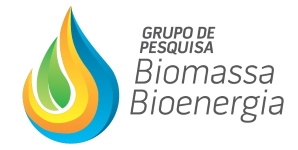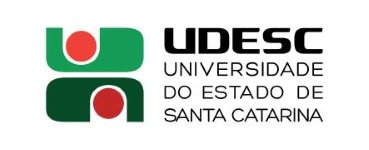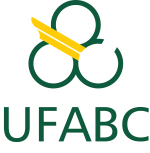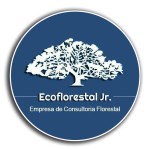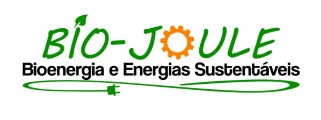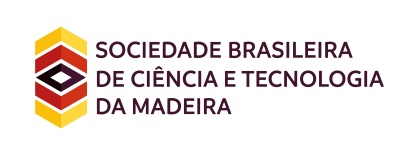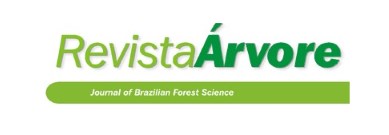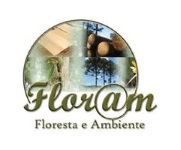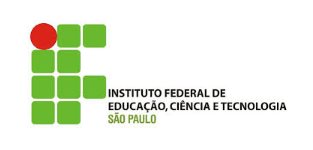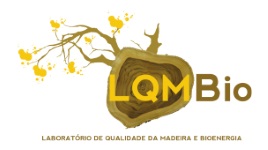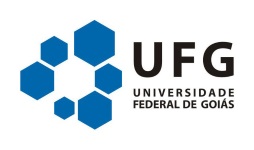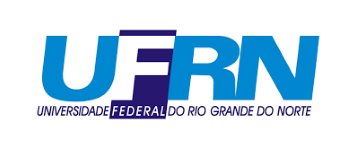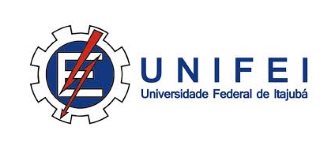SOFTWARE THAT ASSISTS THE ANALYSIS OF THE ECONOMIC VIABILITY OF THE INSTALLATION OF BIODIGESTERS IN RURAL PROPERTIES DESTINED FOR MILKING
03 - Bioenergy: Economy, Market and Policy
 1 DENIS HENRIQUE GARCIA BONAFE, 2 AMANDA AGUIAR DOS SANTOS, 2 GIULIANO PIERRE ESTEVAM, 3 FERNANDO CESAR BALBINO, 2 CELIA REGINA NUGOLI ESTEVAM
1 DENIS HENRIQUE GARCIA BONAFE, 2 AMANDA AGUIAR DOS SANTOS, 2 GIULIANO PIERRE ESTEVAM, 3 FERNANDO CESAR BALBINO, 2 CELIA REGINA NUGOLI ESTEVAM
1 FATEC ARAÇATUBA
2 FACULDADE DE TECNOLOGIA DO ESTADO DO SÃO PAULO PROF. FERNANDO AMARAL DE ALMEIDA PRADO, FATEC ARAÇATUBA - SP
3 INSTITUTO FEDERAL DE EDUCAÇÃO, CIÊNCIAS E TECNOLOGIA DE MATO GROSSO DO SUL, CAMPUS NOVA ANDRADINA - MS
In Brazil, energy consumption is increasing on a large scale while the number of energy demand grows slowly and small percentages each year. Although with a large number of options for energy growth such as solar, wind and biogas. The rural properties destined to the creation of pigs and cattle for the milking have enormous energetic potential, since they are the most propitious to the implantation of the biodigestor, due to the quantity of waste that these animals produce and the facility in collecting them, since they are created in confinement most of the time. Since the greatest obstacle for such properties to implant the biodigestor is related to knowledge, since there are not always qualified people, or even financial resources on the part of the owners to do this analysis and when analyzing the initial price of the implantation, they may end up creating a barrier , without being aware that this investment will return in a short time. With this in mind, the objective of this study is to present an efficient mathematical model that can be used in several rural farms destined to the bovinocultura and, together, software that facilitates and makes accessible the analysis of the viability of the implantation of the biodigester. Thus, any rural producer will be able to know if the implantation of the biodigester is economically viable in its property. The model consists of determining the total income and the total cost with the implantation of the biodigester, returning the net income that the property will have. For this it is necessary to calculate the number of cattle heads, necessary in the property to maximize the income with the use of the biodigester. The final result is a set of information needed to analyze the biodigester's implementation. For the validation of the proposed model, we used data from the São Joaquim farm, located in the city of Araçatuba. This model was implemented in Java using the simplex method. The software will be made available so that the interested parties can verify the feasibility of the implantation of a system of generation of energy from the biogas. Based on the simulations, the validation of the proposed mathematical model can be verified, since the cost with the implementation compared to the net income shows the viability of the project under the economic-financial approach. However, when considering the environmental benefit provided by the project the favorable decision of the enterprise is reinforced.
Keywords: energy generation; biogas; sustainability
Acknowledgments: Os autores agradecem a Fundação de Amparo a Pesquisa do Estado de São Paulo (FAPESP), pelo apoio financeiro. Processo: 2013/25526-5
